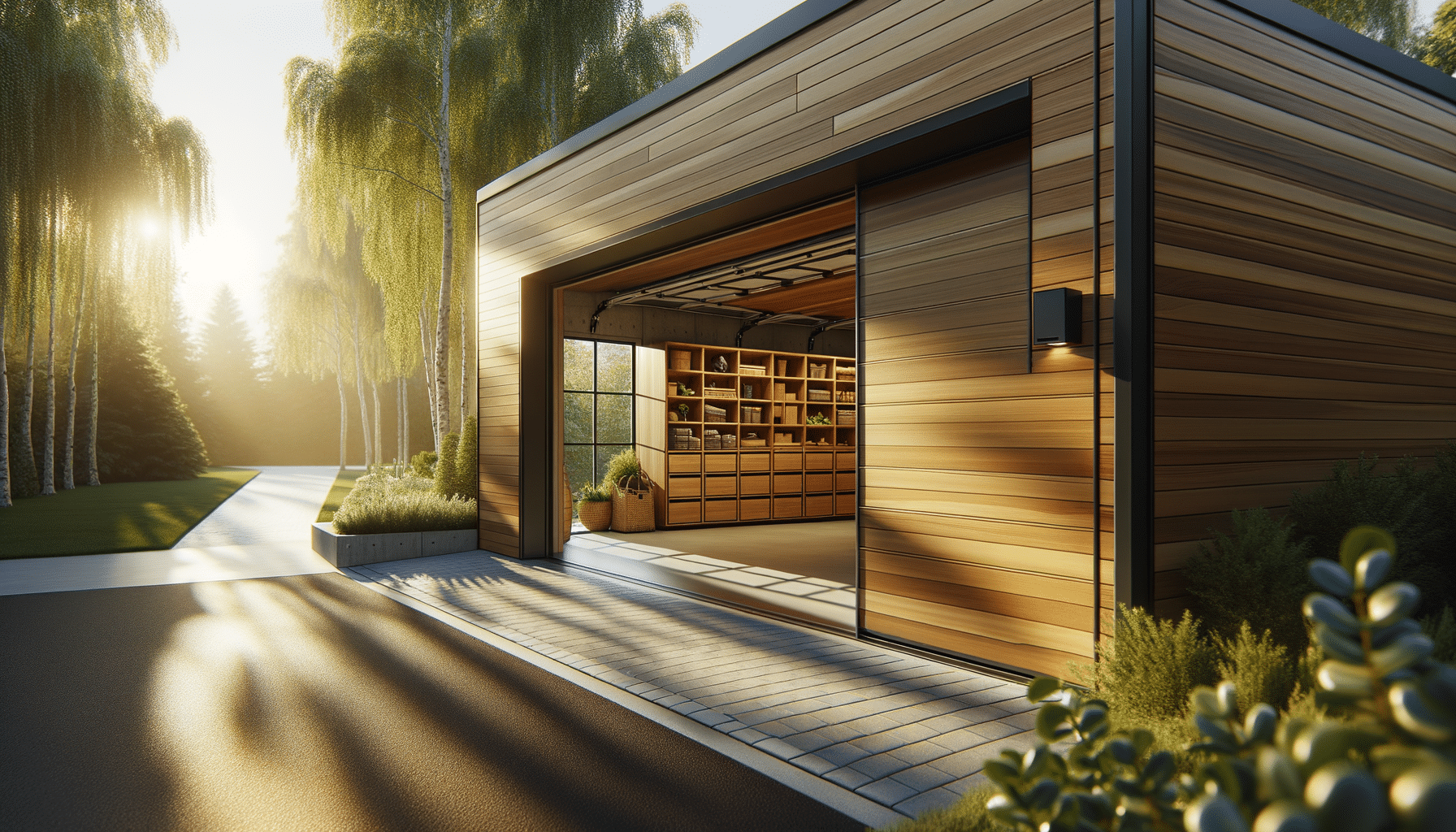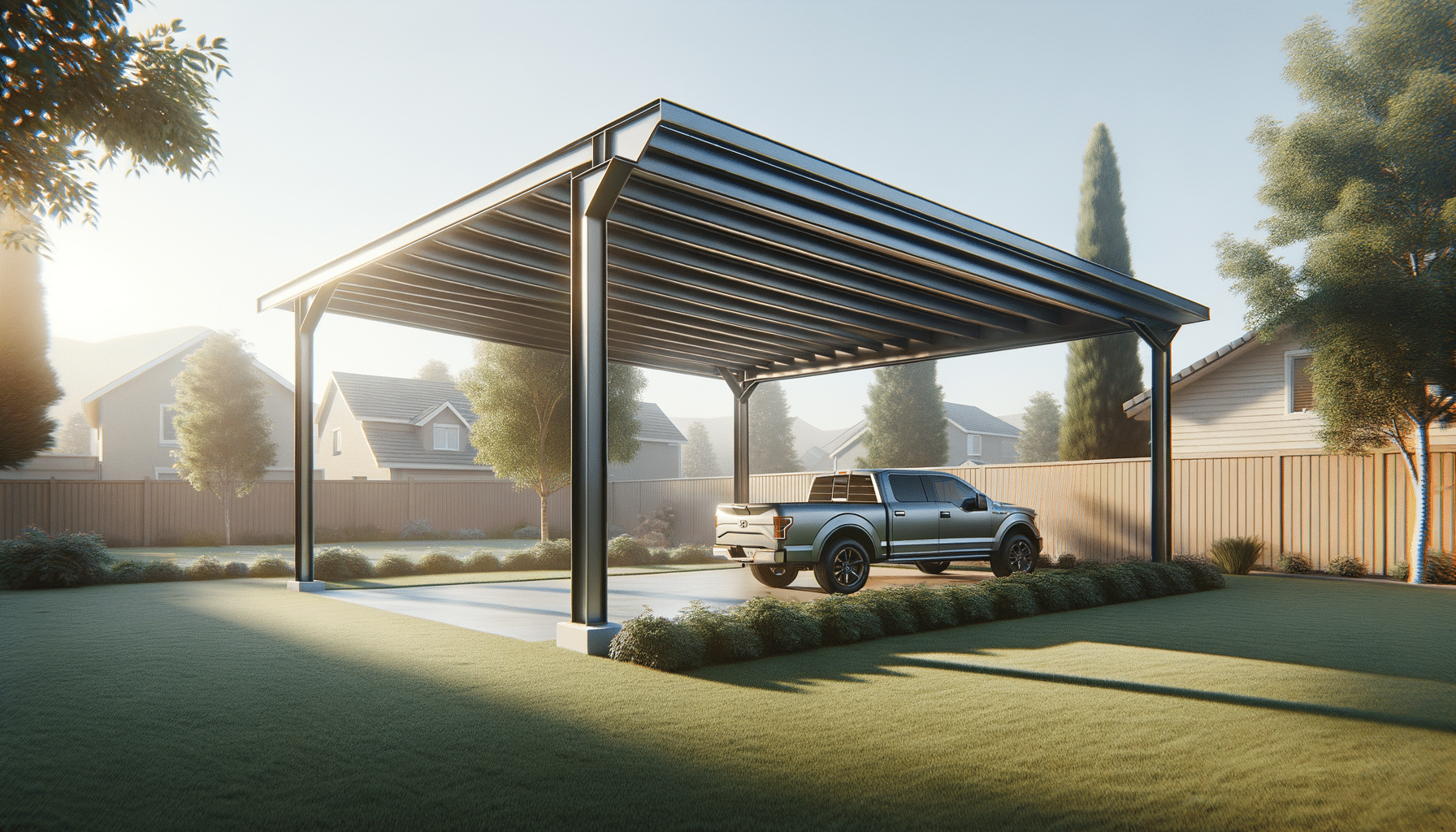
The Comprehensive Guide to Garage Door Replacement
When to Consider Garage Door Replacement
Garage doors are an integral part of any home, providing security, convenience, and aesthetic appeal. However, like all components of a house, they have a finite lifespan. Homeowners must evaluate their garage doors regularly to determine if a replacement is necessary. Signs that it might be time for a new garage door include frequent breakdowns, excessive noise, and visible damage such as dents or rust. These issues not only affect the door’s functionality but can also compromise safety and energy efficiency.
Another reason to consider replacement is if your garage door lacks modern safety features. Contemporary garage doors come with advanced technology like motion sensors and automatic reversal systems, which are essential for preventing accidents. Moreover, if your garage door is over 20 years old, it might not meet current insulation standards, leading to higher energy bills.
Finally, aesthetic considerations can also prompt a replacement. An outdated or mismatched garage door can detract from your home’s curb appeal. Upgrading to a new design can rejuvenate the exterior of your house, potentially increasing its market value. Thus, whether for functional, safety, or aesthetic reasons, there are numerous factors to consider when deciding to replace your garage door.
Choosing the Right Garage Door Material
Selecting the appropriate material for your garage door is crucial, as it affects durability, maintenance, and appearance. Common materials include steel, wood, aluminum, and composite. Each has its advantages and drawbacks, making it essential to align your choice with your specific needs and preferences.
Steel is a popular choice due to its strength and low maintenance requirements. It offers excellent security and can be insulated to improve energy efficiency. However, it is susceptible to rust if not properly maintained. Wood, on the other hand, provides a classic and elegant look, adding warmth and charm to any home. While wood requires more maintenance to prevent warping and decay, its natural beauty is unmatched.
Aluminum doors are lightweight and resistant to rust, making them ideal for coastal areas. They are also relatively low maintenance, although they can be prone to dents. Composite materials combine the aesthetic appeal of wood with the durability of steel, offering a versatile and robust option. By weighing these factors, homeowners can choose the material that best suits their environmental conditions and aesthetic preferences.
Installation Considerations
Installing a garage door is a significant undertaking that requires attention to detail and proper planning. Whether you’re a DIY enthusiast or plan to hire a professional, understanding the installation process can help ensure a successful outcome. One of the first considerations is the size and type of the door, which must fit the existing garage structure precisely to function correctly.
It’s also vital to consider the type of opener system you will use. Chain-drive, belt-drive, and screw-drive openers each have unique characteristics and benefits. For instance, chain-drive openers are economical but can be noisy, while belt-drive systems offer quieter operation but at a higher cost.
Safety is another critical aspect of garage door installation. Ensuring that the door is equipped with modern safety features like pinch-resistant panels and tamper-resistant brackets is essential to prevent accidents and injuries. Additionally, proper insulation and weather sealing can enhance energy efficiency, reducing heating and cooling costs.
Lastly, whether you choose to install the door yourself or hire a professional, following the manufacturer’s instructions and local building codes is imperative to guarantee a secure and reliable installation.
Maintaining Your New Garage Door
Once your new garage door is installed, regular maintenance is crucial to ensure its longevity and optimal performance. Routine inspections can help identify potential issues before they become significant problems. Key areas to check include the door’s balance, the condition of the springs and cables, and the operation of the safety features.
Lubricating the moving parts, such as rollers, hinges, and tracks, can reduce friction and wear, prolonging the life of the door. It’s also essential to clean the door’s surface regularly to prevent dirt and debris buildup, which can cause damage over time. For wooden doors, applying a protective finish can help guard against moisture and UV damage.
Furthermore, testing the door’s safety features, such as the auto-reverse mechanism, ensures they function correctly and provide the necessary protection. By committing to a regular maintenance routine, homeowners can protect their investment and enjoy a reliable and aesthetically pleasing garage door for years to come.
Conclusion: Making the Right Choice for Your Home
Deciding to replace your garage door is an important decision that can significantly impact your home’s security, energy efficiency, and curb appeal. By understanding when a replacement is necessary, selecting the right material, considering installation specifics, and maintaining the new door properly, homeowners can make informed choices that enhance their property’s value and functionality.
Whether prioritizing safety, aesthetics, or performance, the key is to choose a garage door that meets your specific needs and complements your home’s style. With careful consideration and regular upkeep, a new garage door can be a lasting and valuable addition to any home.


